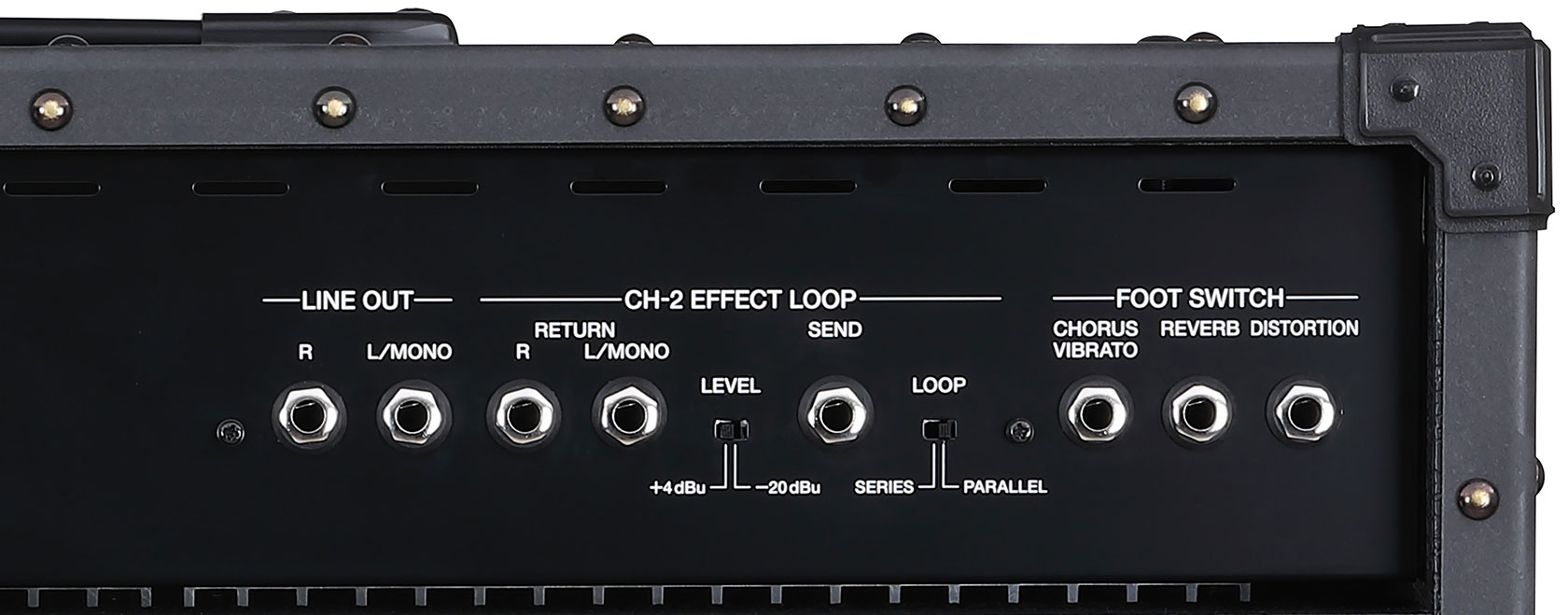Roland Jazz Chorus 50 Serial Number
Posted : adminOn 4/30/2018Buy Roland Jazz Chorus JC-50 in Ampang,Malaysia. Roland Jazz Chorus JC-50 Made in Japan Serial number: 288968 Condition: 8.5/10 Still in very good condition. Working well. Malaysia Local voltage 220v Chat to Buy.

Wurlitzer Cornet Serial Numbers. MIDI allows multiple instruments to be played from a single controller (often a keyboard, as pictured here), which makes stage setups much more portable. This system fits into a single rack case, but prior to the advent of MIDI, it would have required four separate full-size keyboard instruments, plus outboard mixing and. MIDI (; short for Musical Instrument Digital Interface) is a that describes a, and and allows a wide variety of, and other related music and audio devices to connect and communicate with one another. A single MIDI link can carry up to sixteen channels of information, each of which can be routed to a separate device. MIDI carries event messages that specify, and (loudness or softness), control signals for such as volume,, from left to right, in theatre, and that set and synchronize between multiple devices.
These messages are sent via a MIDI cable to other devices where they control sound generation and other features. A simple example of a MIDI setup is the use of a MIDI controller such as an electronic to trigger sounds created by a, which is in turn plugged into a. This MIDI data can also be recorded into a hardware or software device called a, which can be used to edit the data and to play it back at a later time.: 4 Advantages of MIDI include small, ease of modification and manipulation and a wide choice of electronic instruments and. Prior to the development of MIDI, electronic musical instruments from different manufacturers could generally not communicate with each other.
With MIDI, any MIDI-compatible keyboard (or other controller device) can be connected to any other MIDI-compatible sequencer, sound module,, synthesizer, or computer, even if they are made by different manufacturers. MIDI technology was standardized in 1983 by a panel of music industry representatives, and is maintained by the (MMA). All official MIDI standards are jointly developed and published by the MMA in Los Angeles, and the MIDI Committee of the (AMEI) in Tokyo. In 2016, the MMA established The MIDI Association (TMA) to support a global community of people who work, play, or create with MIDI.
Contents • • • • • • • • • • • • • • • • • • • • • • • • • • • • • • • • • • • • • • • • • • • • • • • • • • • • • • • • • History [ ] Early development [ ] In 1980, introduced the interface to synchronize different. It was introduced with the in 1980, followed by other Roland equipment in 1981. In 1981 Roland introduced (DCB). DCB was the precursor to MIDI, which adopted most of its features from the DCB protocol and used the same type of connectors as DIN sync. In June 1981, founder proposed the idea of standardization to founder, who then discussed it with president. In October 1981, Kakehashi, Oberheim and Smith discussed the idea with representatives from, and.